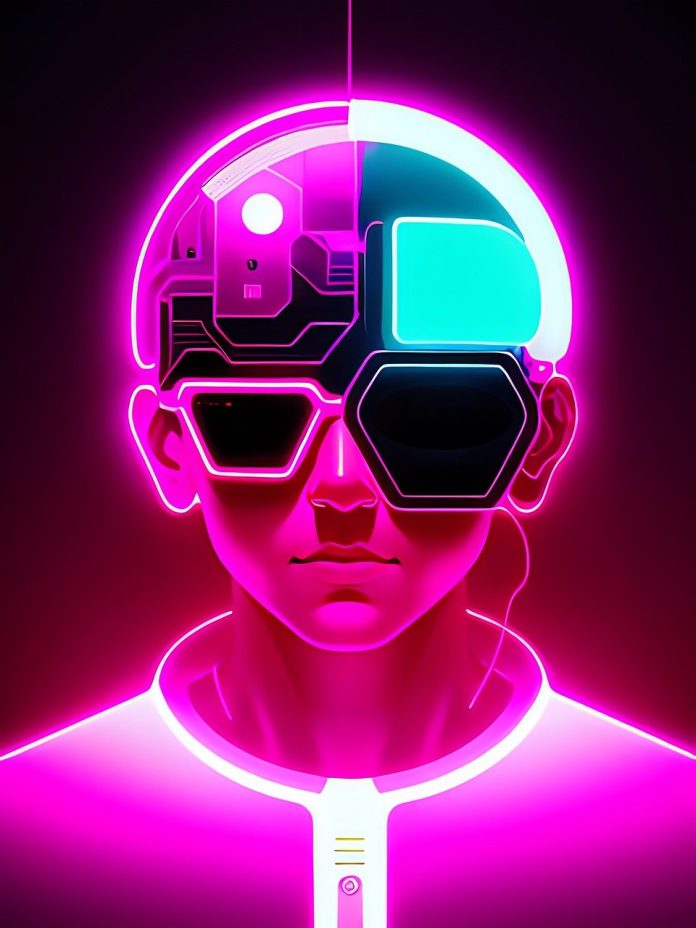By Simon Ward, below, CEO, Team ITG
 Chatbots are a rapidly expanding tool for brands but are not yet universally well received, with nearly 40 per cent of customers describing their interactions with chatbots as negative. How do you maximise their advantage, and how will technology such as ChatGPT make them better conversationalists in the future?
Chatbots are a rapidly expanding tool for brands but are not yet universally well received, with nearly 40 per cent of customers describing their interactions with chatbots as negative. How do you maximise their advantage, and how will technology such as ChatGPT make them better conversationalists in the future?
Over the years, companies have turned to AI-powered chatbots to engage in one-to-one conversations with customers on their behalf. These conversations can be invaluable, whether handling sales queries or resolving customer issues and boosting retention rates.
As early as the 1950s, mathematician and Enigma codebreaker Alan Turing created the ‘Turing test’ to determine whether computers could be smart enough to convince people they were human, and when the first chatbot, ELIZA, was developed, the Beatles were still touring.
Today’s chatbots are far more sophisticated than these earlier models: recent AI-driven descendants use machine-learning, enabling them to become ‘smarter’ over time while using natural language processing (NLP) to deliver responses mimicking the way that people talk.
On one hand, chatbots can be exceptionally useful acting as a first-line engagement with customers, particularly with their ability to provide out-of-hours and emergency contact services, which saves huge spending on human hours and associated staff costs.
However, customers can often become frustrated with inaccurate and inauthentic interactions.
With increasing living costs and the looming threat of recession, consumers are actively switching brands in pursuit of greater value and better customer experiences. Satisfied customers are now more vital to a business than ever.
Research shows that 56 per cent of companies view the role of customer loyalty as essential to overcome the inflation crisis and a potential recession, so it’s vital that customers are satisfied in their interactions with company representatives. Chatbots can play a part in helping with this, but may equally pose challenges.
The benefits
Chatbots allow for queries to be immediately answered, are able to give sales or marketing advice and handle many everyday issues. Furthermore, they have no limit on the number of customers with which they can interact, and can therefore provide almost instant responses.
In a recent Forrester survey for Cyara, customers stated that they liked certain aspects of chatbot performance, particularly these faster response times.
According to Open Market, 74 per cent of millennials rank text as their most used comms method, 75 per cent avoid phone calls altogether, while 81 per cent feel apprehension or anxiety if they have to make a call. This makes organisations that offer text-driven customer service a more inclusive option for certain customers.
This evidence speaks in favour of the text-based chatbots, especially when compared to customer service calls, for selected groups.
The drawbacks
Despite the positives, there is undeniably a dissatisfaction in other areas. In a Forrester survey, respondents gave their overall chatbot experiences an average score of 6.4/10, highlighting considerable room for improvement. Around half reported frustrating interactions with chatbots, with nearly 40 per cent described as negative.
Three-quarters of the respondents feel that chatbots are unable to respond correctly to complex queries, while almost half said that they’ve received responses that make no sense within the context. Over half stated that upon the chatbot being unable to resolve the issue, they were still unable to connect to a human being, and their query ultimately went unresolved.
It’s a matter to be taken seriously – after all, 30 per cent of customers say that following a bad experience, they are likely to switch to a different brand, abandon any purchase or share negative comments about the brand.
Customer Interactions
It seems that, at present, chatbots are good at certain kinds of interactions and bad at others. When assessing how well AI does at interacting with humans, it is necessary to differentiate between ‘goal-oriented dialogue’ and ‘conversational dialogue’.
AI seems to be better at handling interactions aimed at achieving a specific goal. This includes tasks like requesting AI-powered chatbots to recommend personalised product suggestions based on customer preferences, or even using a digital assistant to execute targeted marketing campaigns and promotions to specific customer segments.
However, conversational dialogue, in which the topic is more open-ended, is trickier.
It’s also important to note that human beings are able to use different tones and innately understand different contexts – often a source of frustration when confronted with a chatbot that can’t currently do either.
The Road Ahead
For chatbots to be able to deliver savings and convenience to brands, while providing a great service to their customers, it is key to let the customer know immediately that they are conversing with a bot. It is also important that they know they can talk to a person whenever they need to.
More sophisticated systems, such as ChatGPT, hold the promise of AI being able to handle more of the workload.
If a business is looking to AI as a replacement for human support, rather than a supplement, it is highly likely they will lose customers. The solution is for AI to take on a steadily greater workload, leaving customer support staff to handle the more complex tasks. This combination of the two appears to be the optimum solution for customer service.


